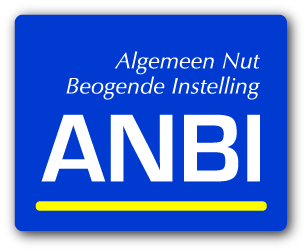Over Guinee
Introduction
Guinee, een land met 12,5 miljoen inwoners, wordt gerangschikt als een van de armste en onopgeleide landen ter wereld. Op de Human Development Index staat het land op de 142e plaats van 190 landen. Op veel plaatsen is er geen stromend water en elektriciteit is slechts een paar uur beschikbaar, als er al elektriciteit is. In 2020 leeft 55% van de Guineas onder de armoedegrens ($1 per dag) en de alfabetiseringsgraad is slechts 32%. Bovendien is er een enorme ongelijkheid tussen mannen en vrouwen met slechts 21,96% voor vrouwen en 43,64% voor mannen. Dit is te wijten aan de traditionele Guinese overtuiging dat vrouwen thuis horen en ook aan de ongunstige schoolomstandigheden voor meisjes. Het land heeft ook te kampen met de nadelen van de koloniale overheersing, waardoor de regering 142 van de 176 staat op de corruptieperceptie-index.

Key figures
– Ranked 174/190 HDI
– Annual Population growth 2.8
– Infant mortality rate 65
– Life expectancy 61
– PPP 35.3 ( UNESCO, 2018)
– Guinea 142/176 on corruption Perceptions Index
Geography of Guinea
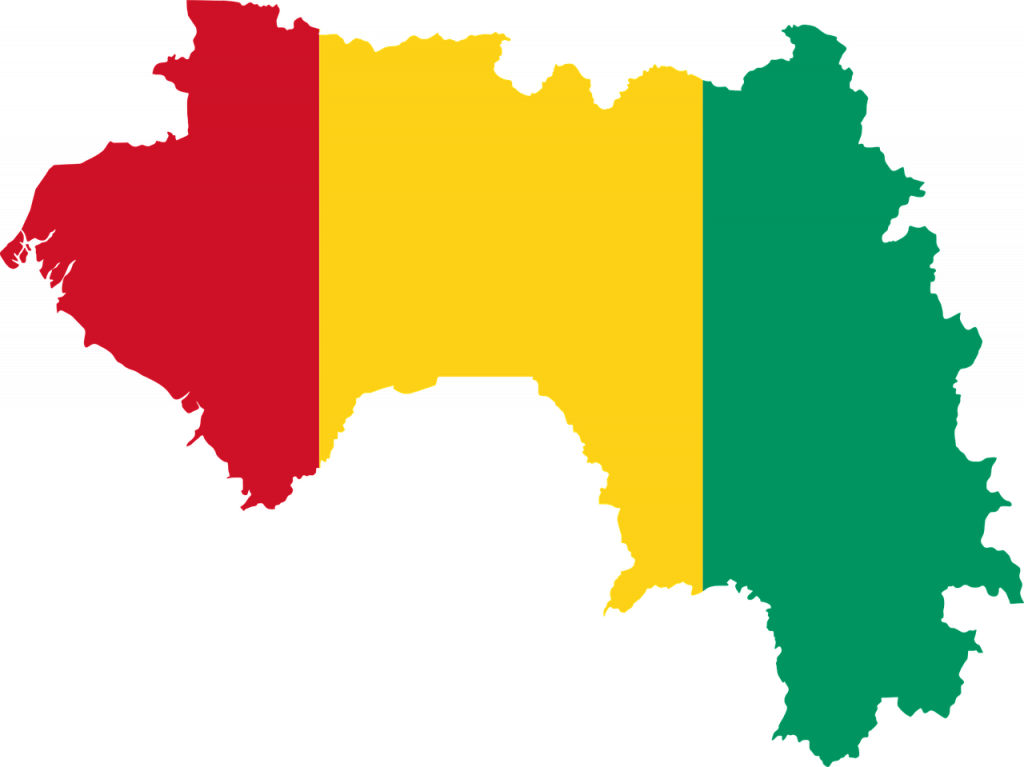
The country is situated in western Africa on the Atlantic coast and borders Guinea- Bissau, Senegal, Côte d’Ivoire, Liberia, and Sierra Leone. It has four regions: Lower Guinea, Fouta Djallon, Upper Guinea, Forest region (Guinea Highlands). The country also has many natural resources and a high hydroelectric potential however the economy is based on subsistence agriculture.
N’Zérékoré
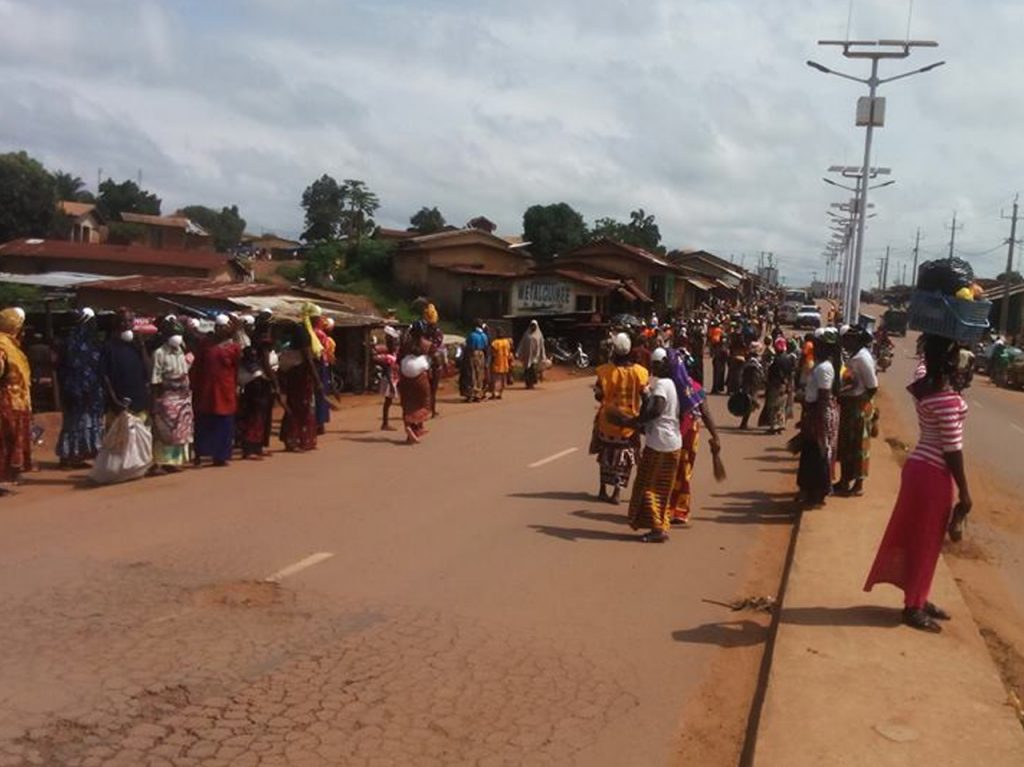
N’Zérékoré is the largest city in Forest Guinea, a region in the southeast of Guinea and the second-largest city in Guinea. The city has approximately a population of 250 000 – 300 000 inhabitants. Due to its localisation in Guinea, the population has tripled since 1996 with a large inflow of refugees fleeing from Liberia, Sierra Leone, and Côte d’Ivoire’s civil wars.
History of Guinea
Early and Colonial History
The earliest record of Guinea is found in Berber documents mentioning an 18th-century kingdom, Genni, located on the banks of the Niger. Northern Guinea was placed under the control of successive African empires (Ghana, Mali, Songhay). European traders had been active along the coast since the 15th century but did not settle in this area until the late 17th century. France’s claim to southern Guinea and Tumbo Island (now Conakry) came about in 1783 and 1885 respectively. The area was administered from Dakar (Senegal) until 1891 when it became an autonomous colony.
In 1958, a referendum was held in French Guinea on whether or not to join a new community of self-governing French overseas territories. French Guinea was the only French colony to vote against such membership.
In 1958 French Guinea became completely independent. Guinea’s first president was Sékou Touré.
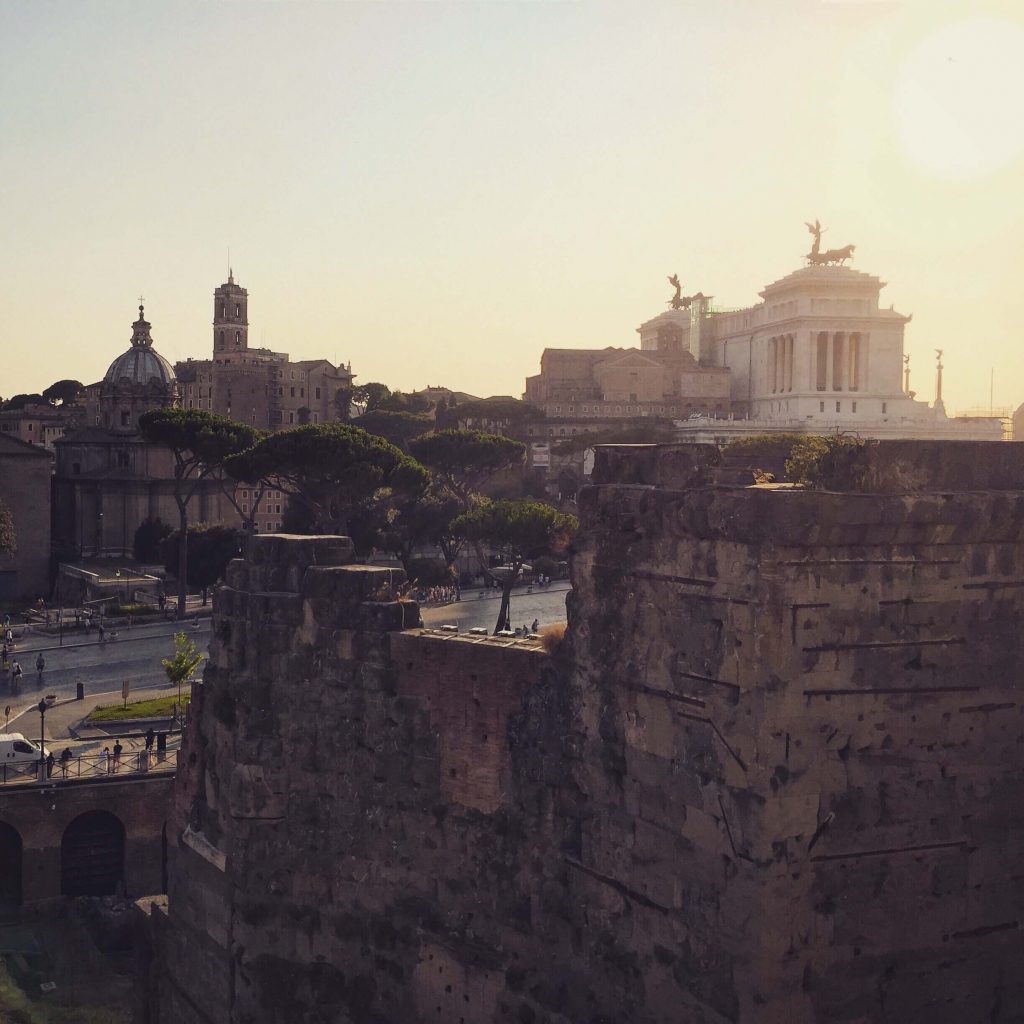
Independence to today
Following its newfound independence, Touré exerted a repressing regime (1958 – 1984) leading to a fragile economy. After numerous efforts, Guinea failed to become an economic partner of the Communist bloc and hence turned to France for capital and technical funding.
Touré faced growing opposition due to the financial and political difficulties, resulting in the Portuguese-backed invasion of Conakry, the capital of Guinea, by Guinean dissidents. The president embarked upon a campaign of massive trials, imprisonment, and executions of the opposition and all potential suspects. Progressively, Guinea was increasing in the hands of Touré and his Malinke associates resulting in the gradual decrease in support for the Democratic Party of Guinea. Touré’s death in 1960, left the party remotely unbacked by Guineans and thus a military coup took place with strong public support.
The Military Committee for National Recovery (MCNR), under Lansana Conté, (1984–2008) transformed the society and economy into a more capitalistic one. A new constitution was adopted in 1991 and the first multiparty elections were held in 1993, electing Conté, setting off a wave of civil unrest.
In 2007, Conté’s resignation was demanded due to the rising cost of living and the increasing government corruption. Violent protests took place during the year, yet Conté was able to stay in power till his death in 2008.
A military coup following his death, dissolved the government and replaced it with the National Council for Democracy and Development, presided by Capt. Moussa Dadis Camara, who promised to hold elections within the year. In 2009, protests rose once again as Camara presented himself for the election even though he promised he would not stand. Thus, Camara decided to ban all oppositions from gathering, leading to his assassination attempt. The latter left for Morocco in 2010.
As a result, the first round of free presidential elections took place in June 2010, electing the Alpha Condé, the leader of the Rally of the Guinean People (RGP) against Cellou Dalein Diallo of the Union of The Democratic Forces of Guinea.
Condé faced numerous challenges early into his term: another assassination attempt and a devastating economic situation. Yet, like his processors, Condé faced, again, civil unrest as elections were repeatedly delayed. They finally took place again in 2013 where concerns over the legitimacy of Condé reelection were raised.
In 2013, the outbreak Ebola pandemic greatly hit the Guinean population with 2,081 confirmed and 453 probable deaths. This greatly affected the rural areas leaving many children orphans and many families dying of hunger. The country was only declared free of active cases in June 2016.
In 2015, opposition parties raised again the concern of electoral fraud, causing the main opposition to withdraw from the election, ensuring that Condé was reelected once again.
During this term, Guinea’s economy expanded significantly with its mining industry and hydroelectric power. Nonetheless, Condé was highly criticized for his growing authoritarian leadership.
Political Situation
In 2019, the government proposed a new constitution, however yet again this led to huge protests led by the National Front for the Defense of the Constitution (FNDC), a coalition of opposition groups. They advocated against the revision of the length of the presidential term (from five to six years), in which Condé would be in power longer. Moreover, the constitution retained the limit of two terms for a president, yet it was not retroactive, therefore Condé could hence serve two more terms. On the other hand, changes, such as bans on female genital mutilation and forced and underage marriages, were generally well-received.
A referendum on the new constitution was due to take place on the 1st of March in 2020, but after international observers identified potential corruption, it was delayed until the 22nd of March. Legislative elections, due to having been held in 2018 but repeatedly delayed, were also held that day. The opposition boycotted the polls which led to a majority vote in favor of the new constitution and to Condé’s party winning more than two-thirds of the National Assembly seats. The new constitution was implemented on the 6th of April in 2020.
Naturally, the public was considerably angry that Condé was re-elected for a third term, however, the latter was still nominated by the RPG to be their presidential candidate once again in the upcoming October election. Consequently, the FNDC called for a boycott of the election however Cellou Dalein Diallo, opted to run against Condé for the third time since 2010. Unsurprisingly, Condé won with almost 60% of the votes. The results were rapidly questioned as polls previously had suggested the election of Diallo. Thus, on November 1, Diallo’s party filed a complaint at the Constitutional Court, asking for the results to be overturned. This “corrupt” election led once again to huge levels of civil unrest in Guinea with violent protests between the opposition and the army.
Social Situation
Medical
In Guinea, diseases and malnutrition are prominent. It is estimated that more than 21% of households are food insecure. Concerning children, 6.1% under 5 years old are affected by global acute malnutrition (1.7% are severely affected). The country faces poor personal and domestic hygiene due to the lack of clean water, leading to the development of diseases such as Salmonellosis Tinea Capitis.
According to the WHO, Guinea females have a life expectancy of 60 and males 59. This low rate is explained by lower respiratory infections, malaria, neonatal disorders, ischemic heart diseases, stroke, tuberculosis, diarrheal diseases, HIV, congenital defects, and meningitis (top 10 causes of death).
Many children are left as orphans as their parents’ hard working conditions, lack of awareness and hygiene lead them particularly vulnerable. The country’s lack of funds dedicated to healthcare and the overall distrust of Guineans also largely contributes to the spread of diseases.
Also, Guineans are largely unaware of the benefits of vaccines and thus do not measure their importance, causing diseases to spread even more rapidly throughout the nation. Even though a large majority of vaccines are available for free in Public Health Centres and vaccination centers, most adults remain unvaccinated due to their lack of transport, lack of funds (as many centers do ask for payment).
Education
In Guinea, families in rural areas typically favor male education over female. Guinean girls are expected to help out with household chores and are thus more likely to drop out of school as they do not have time to keep up with their school work. Also, child marriage is also a major issue for girl’s education. In 2017, the African Union campaigned to end child leading to a slow progress in the education of girls. Another issue explaining the gap between the male and female literacy rate is the lack of toilet facilities in schools. UNICEF estimates that 10% of female students skip school during their menstruation.
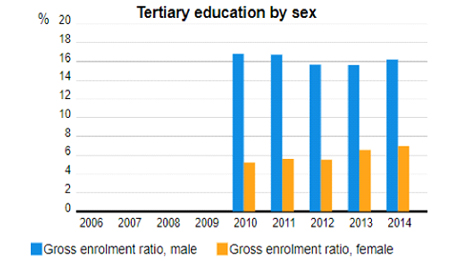
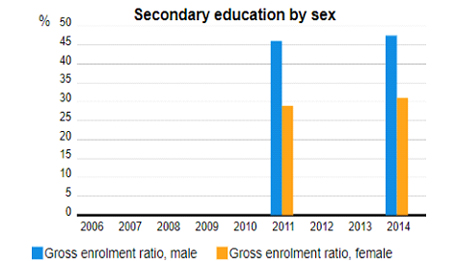

Female Genital Mutilation (FGM)
Today, more than 200 million women and girls alive have been mutilated in 30 African countries, Asia, and the Middle East. FGM consist of the removal of the external female genitalia for no medical reason. The sexist mentality of these cultures motivates this practice, in which females should only be allowed to reproduce and not experience pleasure. Between 2015 and 2030, 68 million girls are at risk of being circumcised in the world. Typically, this practice is inflicted upon girls from their birth to the age of 15 years old. Families decide to do this by fear of their daughter being considered impure by the local community or if they believe in the tradition. Only through education can these practices be erased and girls can thrive.
FGM has severe medical consequences on women. In the worst cases, it can lead to death due to the unhygienic operation standards and the severe bleeding the operation causes. Also, most women suffer from vaginal, urinary, and bladder infections throughout their life. Women also experience intense pain during sexual intercourse, menstruation, pregnancy, and childbirth. Lastly, this experience has a huge psychological impact on women leading to constant anxiety due to traumatic pain.
This practice is in violation of human rights and is being tackled in the sustainable development goal 5 in target 5.” Eliminate all harmful practices, such as child, early and forced marriage and female genital mutilation “
Situation of Children
In Guinea, more than 50% of the population lives below the poverty line, greatly affecting children’s living conditions in terms of access to food, sufficient financial resources, healthcare, and education. Many children are also orphans and live on the streets due to the large spread of diseases and insufficient healthcare services. According to the UN, more than 22 000 children lost at least one of their parents to Ebola. These children were stigmatized and singled out of their communities and thus thousands of orphans were shunned.
Key Facts
– Realization of Children’s Right Index = 4,93/10 (very serious situation)
– Pop age 0-14 : 42,4%
– Under 5 mortality rate: 61%

Child Marriage
Similarly, this practice has been also banned in 2019, yet it still remains very present. More than 50% of girls under 18 are married off by their families without their consent. This has a huge negative effect on the education, health, and development of the young girls.
Right to Education
It is estimated that only 50% of Guinean children receive schooling and this number is even less for girls. In Guinea primary school lasts 6 years and Kindergarten is exclusively for the richer population. However, over the last few years, this aspect has largely improved however it stays far from desirable
Female Genital Mutilation
Even though this practice has been banned in 2019, it remains largely prominent. This deeply affects the young girls and women who are subject to these sexist practices. The latter are more prone to infections and can even be faced with death.
Right to Health and Food
142 Guinea children die each year due to unhygienic conditions, lack of clean water, the spread of diseases, and also the huge lack of healthcare services. This results in a very alarming mortality rate of children below the age of 5 (61%). This mortality rate is also due to the considerably high malnutrition rate for children (30%) as families do not have sufficient financial resources to feed everyone. This leads to dietary deficiencies as well as significant growth problems.
Child Trafficking
In Guinea, this is a known issue, with thousands of children being sold and trafficked annually. Children are being employed as domestic help, forced to work in the fields, or sell products on the streets. Many are also victims of sex traffickers and trans-border trafficking. They are often sent to Mali, Sierra Leone or the Ivory Coast to be exploited.
Child Labour
Many children migrate from home to escape abuse or food scarcity. These children seek out employment in larger cities and send money back home to support their families. Approximately 73% of Guinean children have jobs even though they do not meet the minimum age for employment. The majority work as domestic staff. These children are thus deprived of education, work long hours, with very low pay and little to no food. They are also subjected to the risk of being abused and trafficked and in many cases end up in the streets. In Guinea, orphans are very often exploited as neighbors or extended relatives take them in and force them to work so that they can eat and sleep. They are seen as a source of income.
Contact
Jerome Damey Foundation
Simon Vestdijksingel 9
6836 SB
Arnhem
Telefoon
+31 (0) 6 36 14 80 58
E-mail
info@jeromedamey-foundation.nl
Bank rekening
NL 95 INGB 0006 3703 37
KvK
59605340
RSIN
853565867
…..
Copyright © 2021 Jerome Damey. All rights reserved.

